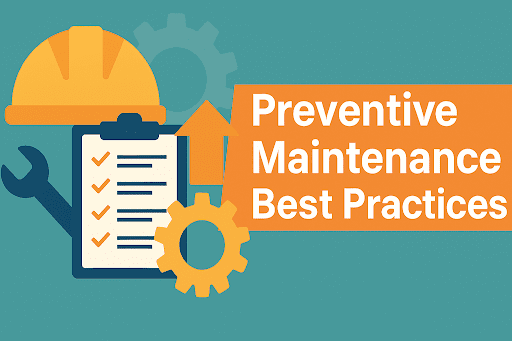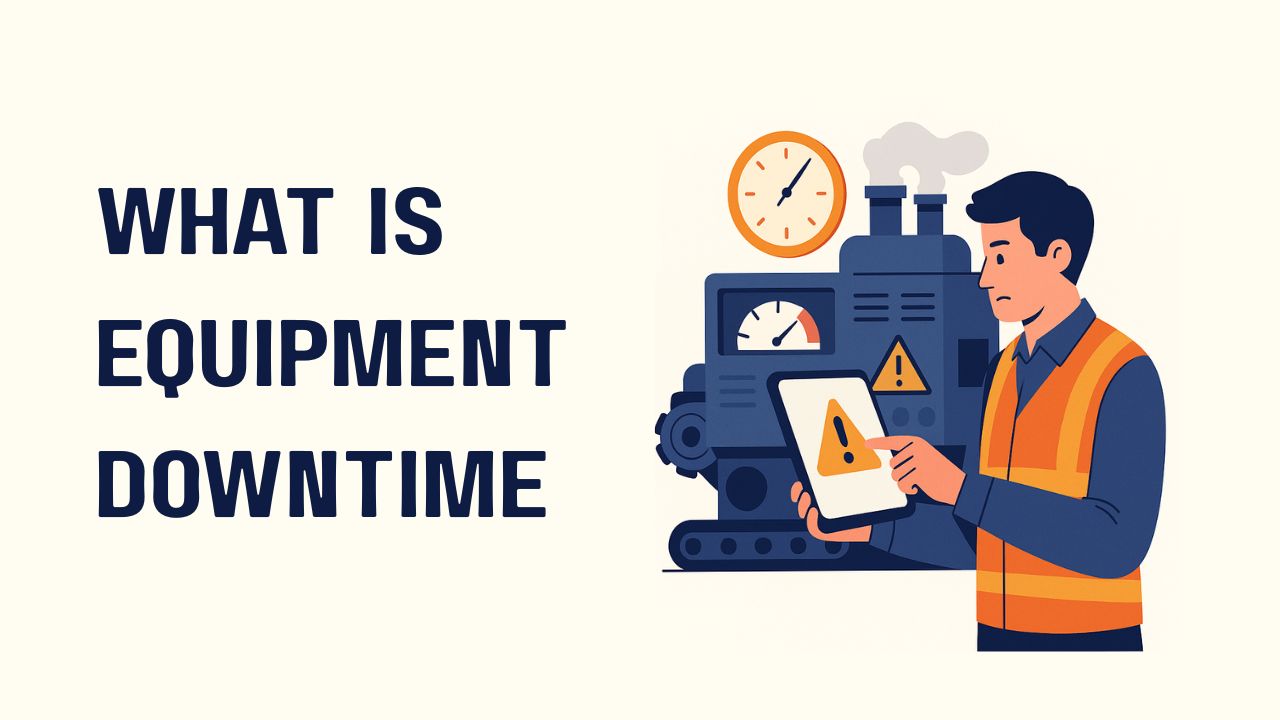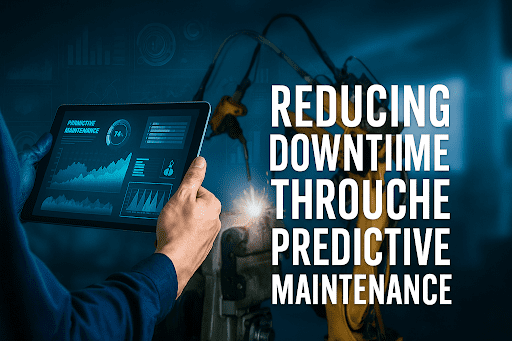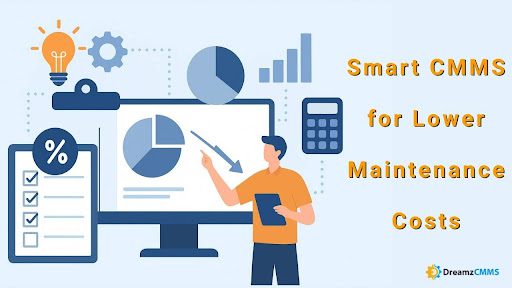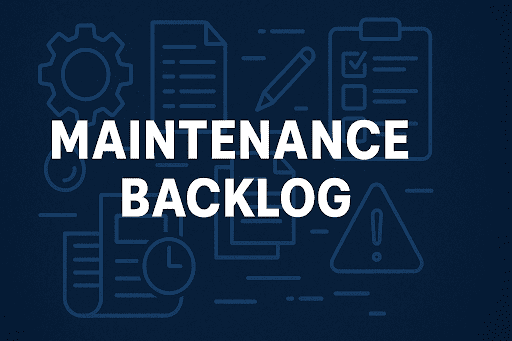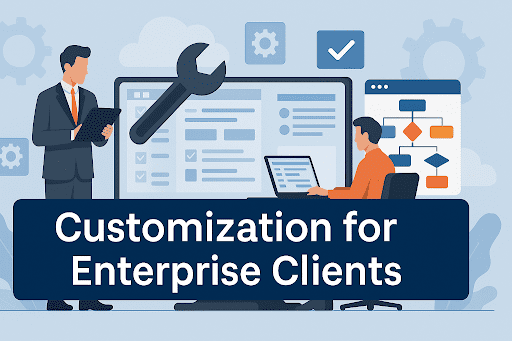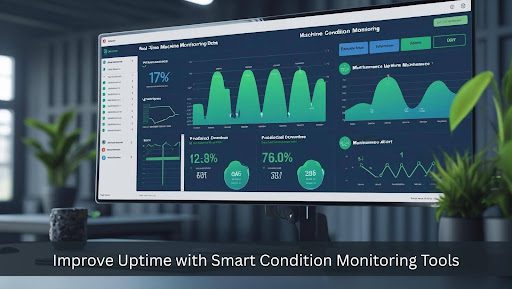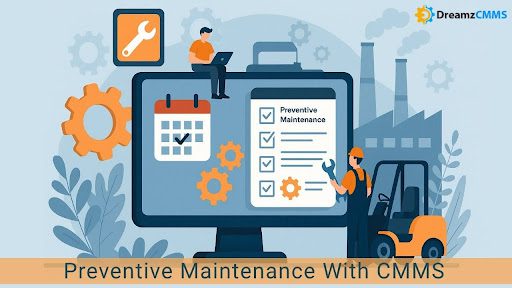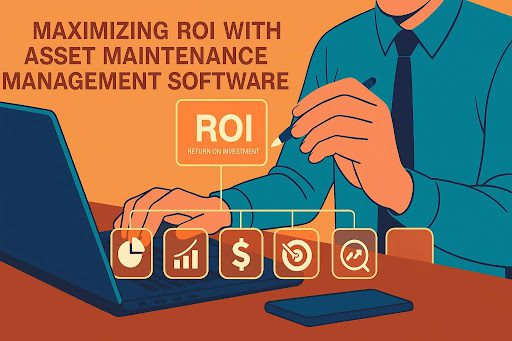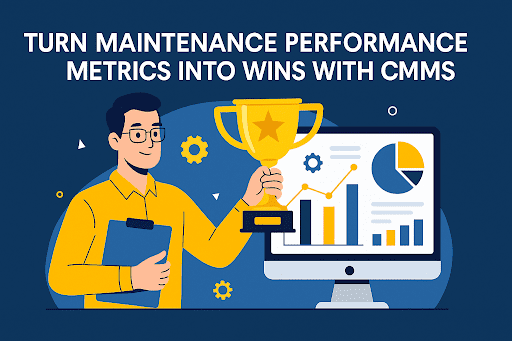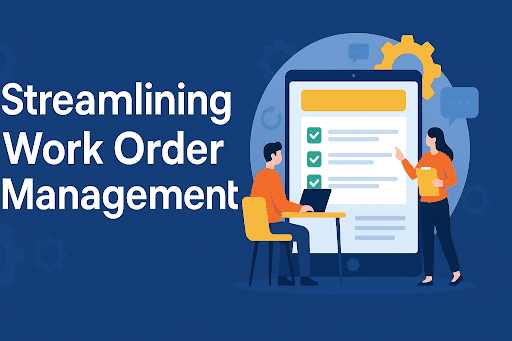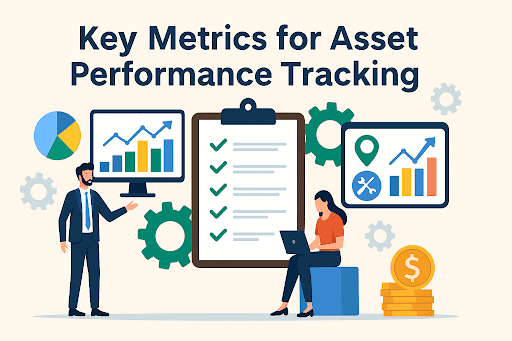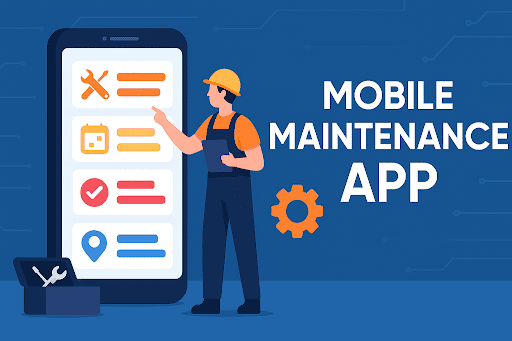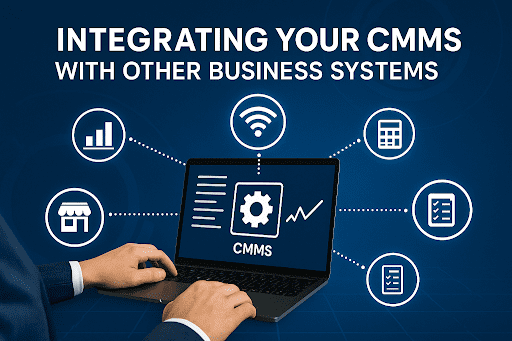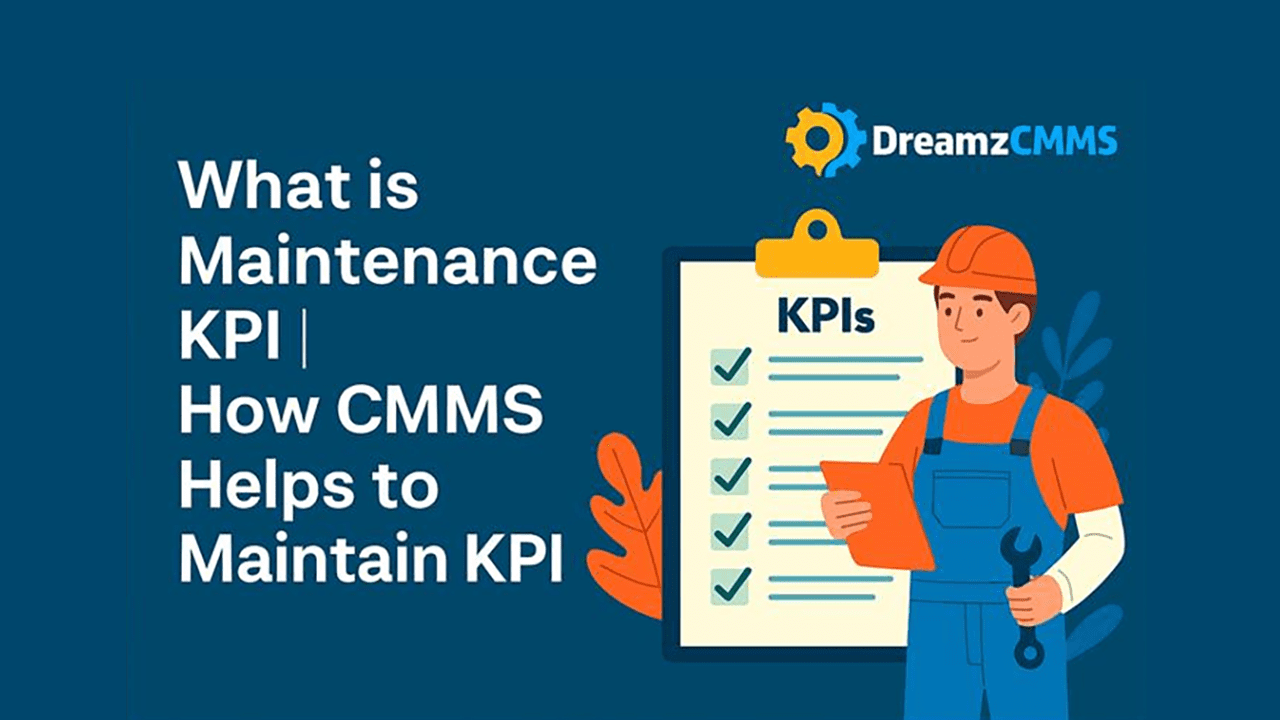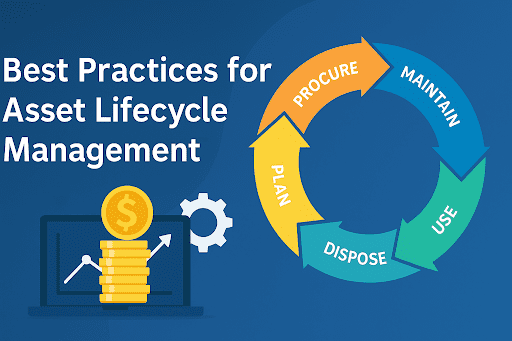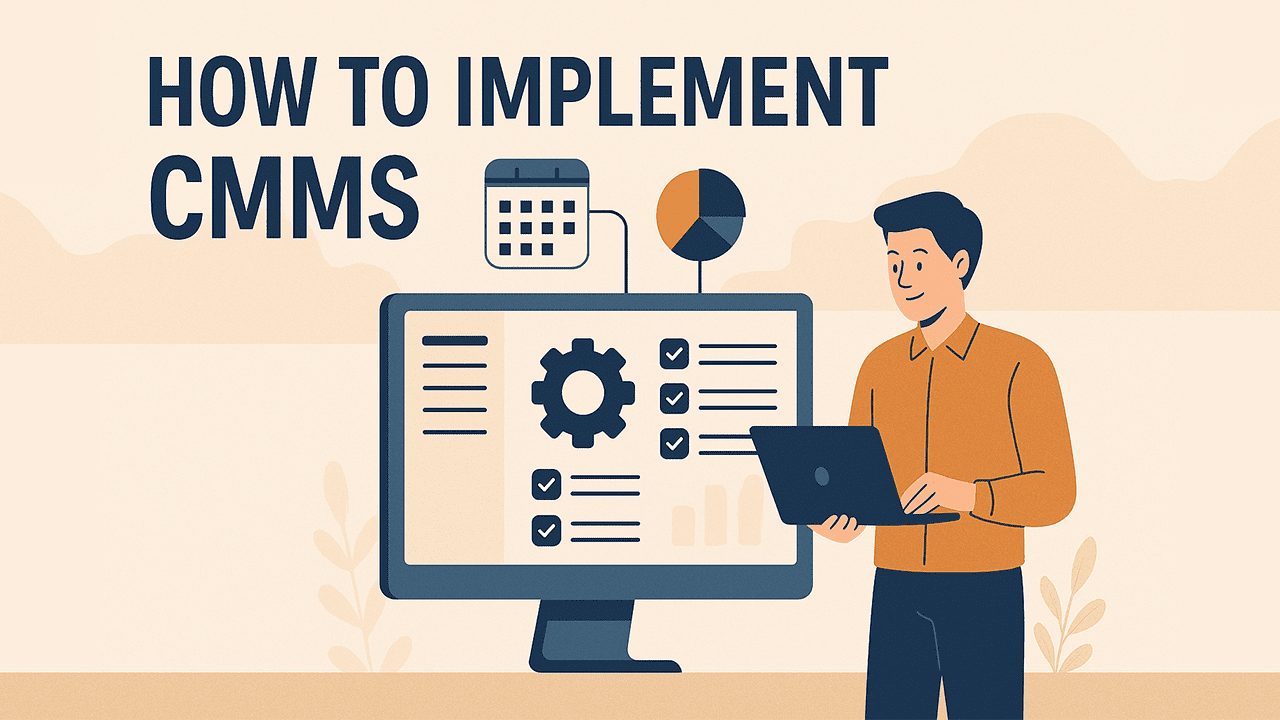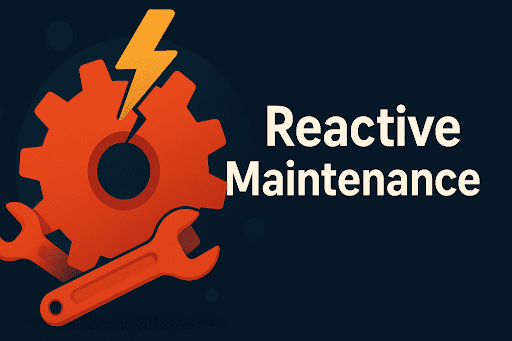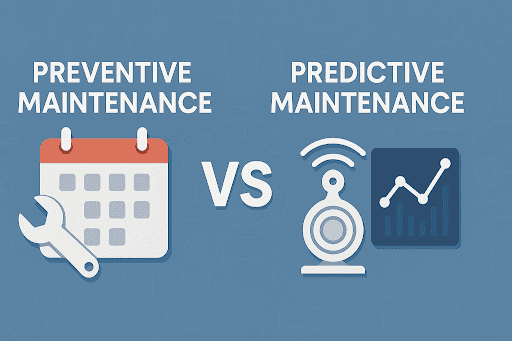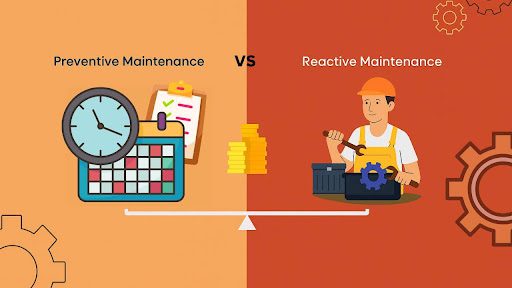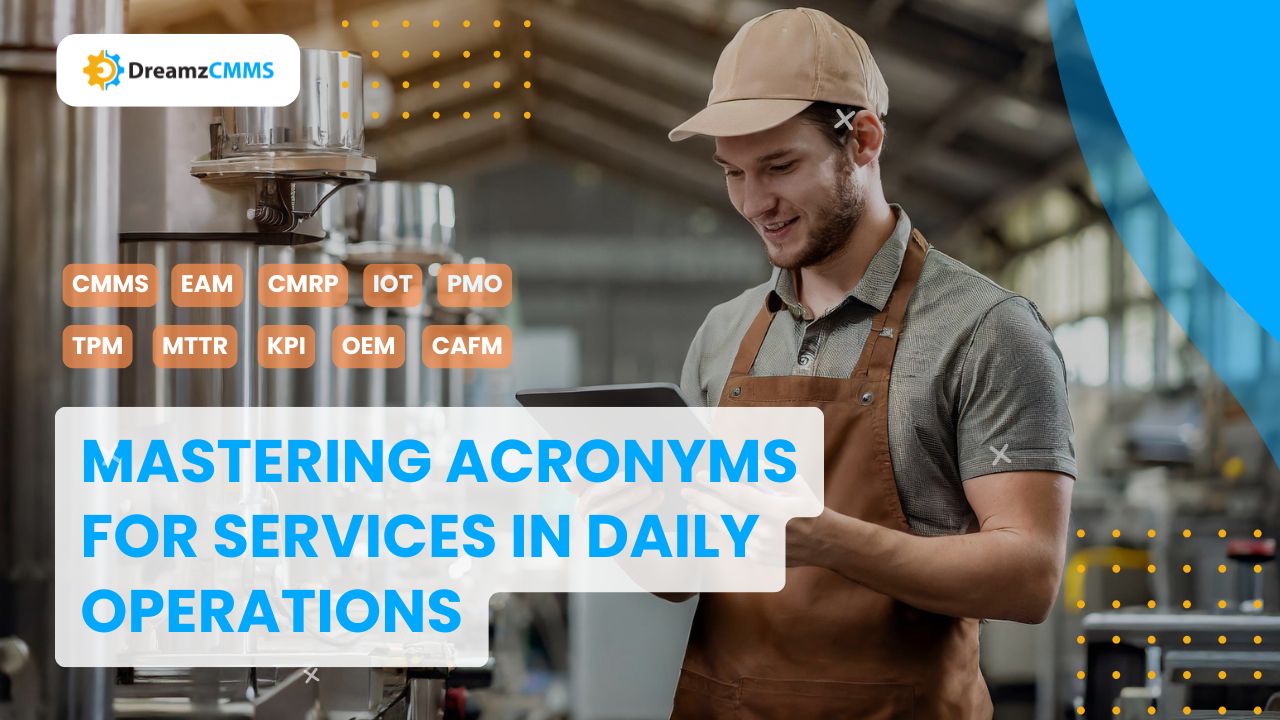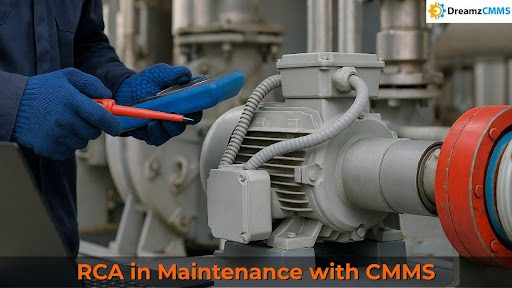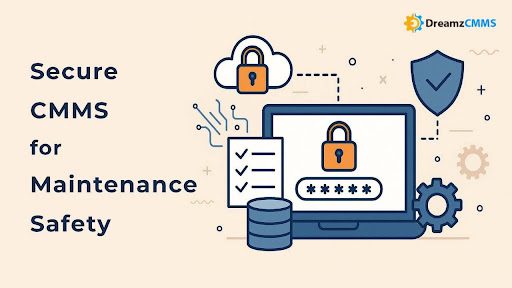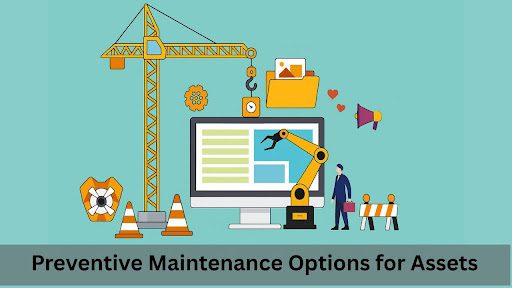 BACK TO Blog
BACK TO Blog
Asset Rental Management
Asset Maintenance
Why Preventive Maintenance Still Fails Without Structure Preventive maintenance has become a familiar term in boardrooms. Most companies claim to have it in place. Yet when problems hit, such as asset failures, surprise downtimes, and rising costs, it becomes clear that good intentions are not enough. Optimizing Preventive Maintenance Schedules
- May 21, 2025
- DreamzCMMS Team
- 9 minutes read
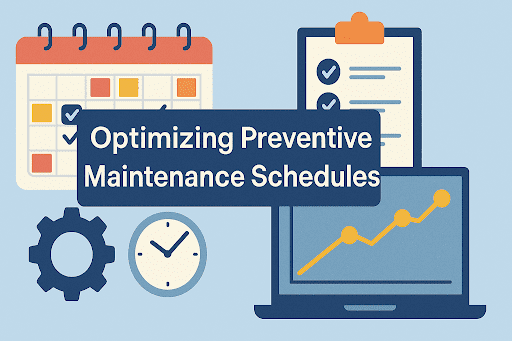
- May 21, 2025
- DreamzCMMS Team
- 9 minutes read
Why Preventive Maintenance Still Fails Without Structure
Preventive maintenance has become a familiar term in boardrooms. Most companies claim to have it in place. Yet when problems hit, such as asset failures, surprise downtimes, and rising costs, it becomes clear that good intentions are not enough.
Optimizing Preventive Maintenance Schedules is about more than assigning dates and tasks. It is about building a strategy that aligns equipment servicing with business continuity goals. Without structure, even the most well-funded programs fall into reactive patterns.
Leadership must shift focus from “checking the box” to measurable impact. This begins with asking the right questions:
- Are we set up to reach the right customers, in the right way, at the right time?
- Are we over-maintaining low-risk assets while neglecting high-value ones?
- How often are schedules missed, delayed, or misaligned with production?
These are not questions for the maintenance team alone. They are operational and financial decisions that affect output, safety, and long-term asset performance.
With the right strategy and tools such as CMMS Preventive Maintenance modules and Maintenance Scheduling Software, companies gain visibility, consistency, and control.
In the following sections, we will examine how to move from fragmented plans to structured, scalable systems. We will also look at how platforms like Asset Maintenance Management Software and DreamzCMMS turn planning into performance.
The Real Cost of Poorly Scheduled Maintenance
On the surface, delayed maintenance may look like a small operational slip. A routine inspection missed. A filter replacement deferred. But in reality, the financial and strategic damage begins almost immediately and compounds over time.
Poorly managed schedules do not just put individual assets at risk. They undermine entire systems.
Without a clear approach to Maintenance Planning Optimization, organizations expose themselves to three core risks:
1. Increased Downtime and Production Losses
Unplanned failures force entire lines to stop, not just one asset. The ripple effect reaches operations, delivery timelines, and customer satisfaction. What could have been a two-hour inspection becomes a two-day recovery.
Leaders focused on Asset Downtime Reduction know that reliability is not built in the repair phase it is built in the scheduling phase.
2. Uncontrolled Maintenance Costs
Without consistency, teams often default to reacting instead of planning. Emergency repairs demand premium parts, overtime labor, and unbudgeted service calls. These costs rarely show up in a single report but they always appear in the quarterly margin.
Tools like Field Service Management Software help bridge the planning-execution gap, giving teams what they need to act on time, every time.
3. Degraded Asset Reliability and Shorter Equipment Life
When Scheduled Equipment Servicing is skipped or misaligned, asset performance suffers. Lubrication windows close. Minor wear turns into system failure. Replacement cycles speed up, capital is tied up, and planned investments are deferred.
Using RFID Asset Tracking Software enables precise, automated asset-level tracking ensuring schedules are aligned with the real condition and usage of each item, not just calendar dates.
Smart companies do not view preventive maintenance as a checklist. They view it as a way to control risk, safeguard productivity, and extend value from every investment.
Bringing Structure and Accountability to Maintenance
Many companies understand the value of preventive maintenance. Yet even with the best intentions, execution often breaks down. Tasks get delayed. Work orders go incomplete. Maintenance teams operate without a shared view of what needs attention and when.
This is where good systems make the difference.
Relying on spreadsheets or verbal updates makes it too easy to miss things. Important steps fall through the cracks, and leaders are left responding to problems that should have been avoided.
Tools like CMMS Preventive Maintenance systems create a structure teams can follow. They give managers clear visibility. They help make sure the right people are doing the right work at the right time.
One of the biggest gains comes from using Maintenance Workflow Automation. Instead of juggling reminders, teams follow a clear process. Steps are tracked. Alerts are sent. Everyone knows what comes next. With a platform like DreamzCMMS, these workflows become part of a larger effort to improve efficiency and reduce reactive fixes.
Maintenance Scheduling Software plays a key role as well. But it only works if it adapts to real-world conditions. Good systems take into account equipment usage, asset history, and performance data.
That is where Maintenance Frequency Analysis becomes useful; it keeps schedules from being too rigid or too loose.
If a team is managing a complex site or working alongside construction crews, they also need coordination. Using Construction Project Management Software alongside a CMMS makes it easier to avoid schedule conflicts and ensure maintenance does not interrupt critical phases of a build.
Over time, these tools and practices lead to better decisions not just about maintenance, but about how capital is allocated and how risk is managed.
Take Control of Preventive Maintenance with DreamzCMMSStill relying on spreadsheets or manual tracking to manage asset care? DreamzCMMS empowers your team with data-driven scheduling, automated workflows, and complete visibility into maintenance operations turning guesswork into strategy. Request a Free Demo today and discover how to improve uptime, reduce reactive repairs, and bring structure to your maintenance planning. |
Making Preventive Maintenance a Long-Term Discipline
Technology is important. But success in preventive maintenance does not come from software alone. It comes from leadership choices about how teams work, how goals are defined, and how results are measured over time.
When organizations treat maintenance strategy planning as a short-term fix, schedules begin strong and quietly fade. Tasks get skipped. Teams revert to reactive habits. Over time, the system loses credibility and performance drops with it.
To avoid this, maintenance needs to be managed like any other core process: with clarity, accountability, and consistency.
1. Make Scheduling a Shared Responsibility
It is easy to assign everything to the maintenance department. But that is not where optimization happens.
Operations, finance, and even procurement all play a role. When maintenance schedules impact production targets or capital planning, those teams need a seat at the table.
Facility Management Software helps bring these functions together by giving everyone access to the same data about what has been done, what is due, and where risks are building.
2. Build Feedback into the System
A strong maintenance plan is not static. Teams must adjust based on what the data shows.
Missed service windows, repeated failures, or unexpected downtime should prompt a review. This is where Preventive Maintenance Best Practices matter most not as a checklist, but as a framework for asking the right questions.
How often should this task run? Are we using the right method? Are we learning from past failures?
3. Focus on Measurable Improvement
Improvements should show up in the numbers:
Fewer breakdowns. Lower emergency costs. Better asset uptime.
Using a system like DreamzCMMS, leaders can track trends, adjust frequencies, and fine-tune plans with each cycle. The goal is not perfection. The goal is progress measured, visible, and repeatable.
Results That Speak: What the Data and Leaders Say
When preventive maintenance is structured and optimized, the impact goes far beyond the maintenance team. The results ripple across operations, finance, and even workforce morale.
Here are a few insights drawn from real industry benchmarks and leadership feedback:
Industry Statistics That Matter
- Organizations that implement a structured preventive maintenance program reduce unplanned downtime by 30% to 50% (Source: Aberdeen Group).
- Companies using advanced CMMS Preventive Maintenance systems report 15% to 20% longer equipment life cycles.
- Preventive strategies reduce overall maintenance costs by 12% to 18% compared to reactive models.
- Facilities with consistent Maintenance Scheduling Software adoption report 40% fewer emergency repairs annually.
What Operational Leaders Are Saying
"Since implementing DreamzCMMS, our maintenance operations are no longer driven by crisis. We have predictability, accountability, and data to back every decision."
— Head of Facilities, National Manufacturing Group
"We went from scrambling weekly to planning quarterly. The visibility into schedules and asset conditions changed how we manage our entire portfolio."
— VP of Operations, Regional Logistics Provider
From Reactive to Reliable - The Leadership Mindset Shift
Great maintenance does not begin in the boiler room. It begins in the boardroom.
Executives who champion preventive maintenance as a strategic priority see results others miss greater asset longevity, lower operational risks, and more predictable performance across the board.
But this transformation does not happen with good intentions alone. It requires systems that support consistency. It demands collaboration between operations and finance. And above all, it takes discipline, the kind that turns a schedule into a competitive advantage.
By implementing structured practices grounded in Preventive Maintenance Best Practices, and backed by tools like DreamzCMMS, organizations gain more than efficiency. They create a culture of preparedness. One where maintenance is no longer a fire to put out but a system designed to prevent the fire from starting in the first place.
Whether managing a single facility or coordinating across multiple sites, leaders now have the visibility and tools to act with confidence.
The opportunity is clear: Better planning. Smarter resource allocation. Fewer surprises. And a maintenance operation that is no longer in the background but at the center of long-term business success.
Recommended ReadsLooking to explore more ways to strengthen your maintenance operations and long-term asset strategies? These resources offer deeper insight:
|
Build a Smarter Maintenance Strategy with DreamzCMMSPredictable operations start with proactive planning. DreamzCMMS brings together Maintenance Scheduling Software, Asset Maintenance Management Software, and real-time analytics to help you reduce downtime, extend asset life, and optimize preventive maintenance at scale. Request a Free Demo today and see how structured scheduling can turn your maintenance program into a strategic advantage. |
Ready for More?
Talk to one of our CMMS experts and see how DreamzCMMS can simplify your maintenance operations.
Book a free consultation


